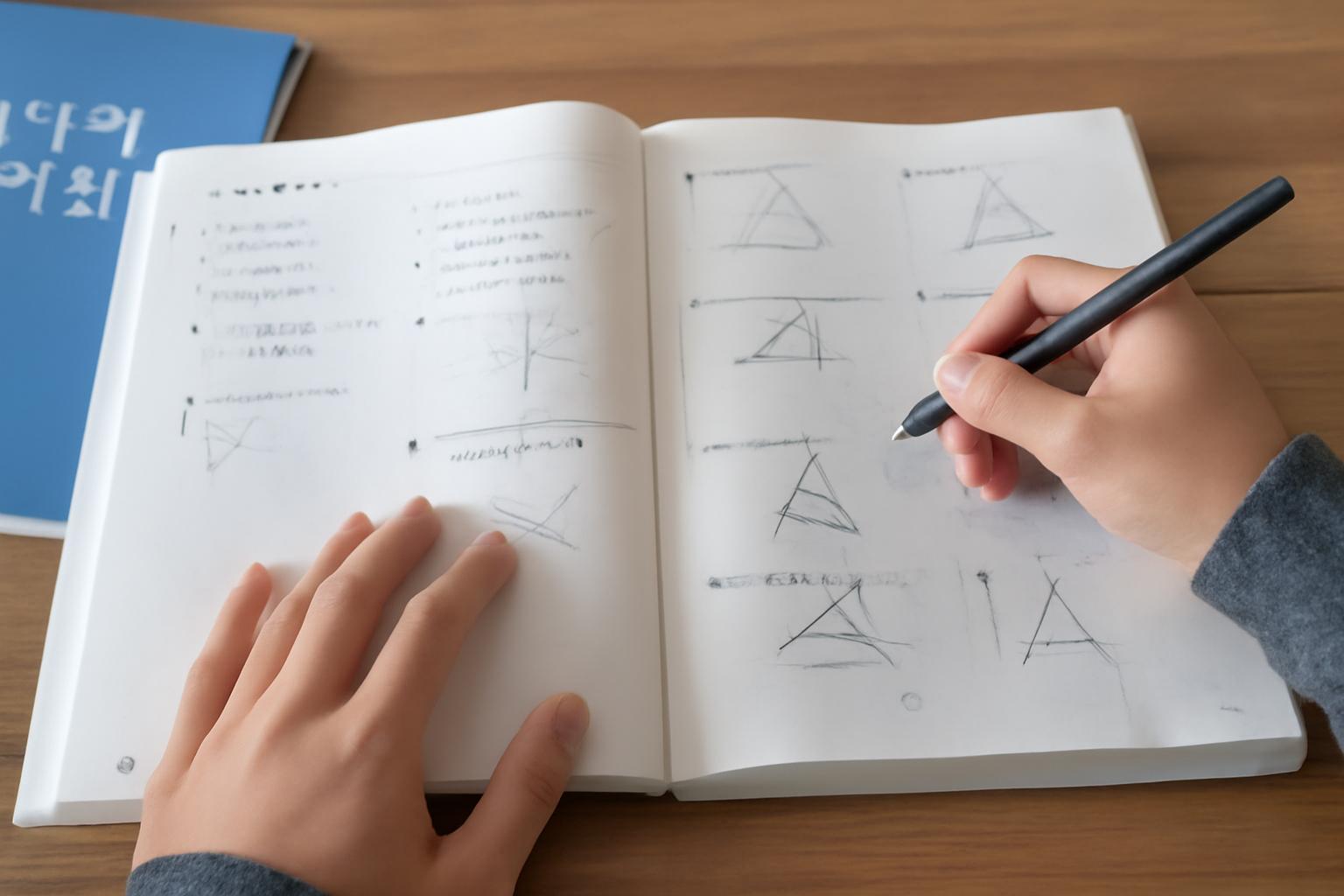How can high school students improve their study habits? Learn the best study methods, time management tips, and how the right environment plays a crucial role in academic success.
When it comes to academic achievement, high school students face a variety of challenges. Balancing schoolwork, extracurricular activities, and personal life can feel overwhelming at times. However, with the right approach to studying, time management, and creating an optimal study environment, high school students can navigate these challenges effectively. In this article, we will explore the best study methods, how to manage study time effectively, and how the study environment influences learning outcomes.
Korean High School Student Study Time
The amount of time a student dedicates to studying can greatly influence their academic performance. In South Korea, for instance, high school students are renowned for their rigorous study schedules, often spending long hours each day on homework and preparation for exams. According to reports, the average study time for a South Korean high school student can exceed 10 hours a day, especially in the months leading up to major tests like the Korean College Scholastic Ability Test (CSAT).
But how much study time is optimal? It’s essential to strike a balance. Excessive study time can lead to burnout, while inadequate study time may hinder academic progress. Experts recommend that students schedule about 4 to 6 hours of focused study each day, with breaks in between to maintain mental sharpness. The key is consistency.
Here are a few practical tips for managing study time:
-
Break Study Sessions into Blocks Use the Pomodoro technique or similar time management strategies to break study sessions into focused intervals (e.g., 25 minutes of study, followed by a 5-minute break).
-
Prioritize Tasks Use a planner or digital tool to list tasks by importance and deadline. Prioritize the most pressing assignments and tackle them first.
-
Monitor Your Progress Regularly assess how effectively you’re managing your study time. This will help you make necessary adjustments and improve your routine.
By following a well-structured study schedule, students can stay on track and avoid last-minute cramming.
👉 Learn more about managing your study time efficiently 👈
High School Student Study Methods
Study methods are the strategies that students use to retain information and perform well in exams. Different students may find different approaches effective, but there are a few universal techniques that have proven successful for many.
1. Active Recall
Active recall involves testing yourself on the material you need to learn, rather than passively reading or watching videos. By forcing yourself to retrieve information from memory, you improve your ability to retain and apply it later. High school students can use flashcards or practice problems to enhance this technique.
2. Spaced Repetition
Spaced repetition is a method where you review information at increasing intervals. This helps consolidate knowledge in long-term memory. Students can use apps like Anki or Quizlet to create digital flashcards that incorporate spaced repetition algorithms.
3. Summarizing
Writing summaries or taking notes in your own words is a powerful way to internalize information. High school students should aim to summarize textbooks or lecture notes immediately after studying to reinforce the material and make it easier to review later.
4. Mind Mapping
Mind maps can help students organize information visually. This technique works well for complex subjects or topics with interconnected concepts. By creating a mind map, students can see how different ideas relate to each other, making it easier to understand and remember the material.
5. Group Study
Sometimes, studying with peers can be beneficial. Group study allows students to share knowledge, test each other, and fill in gaps in understanding. However, it’s essential to stay focused during group sessions and avoid distractions.
With the right study methods, students can increase their retention and comprehension, making study time more efficient and less stressful.
👉 Discover more about effective study techniques 👈
High School Student Study Environment
The environment in which a student studies can have a significant impact on their ability to focus and absorb information. A well-organized, quiet, and comfortable study space helps eliminate distractions, reduce stress, and improve productivity.
1. Study Desk and Chair
A comfortable and ergonomic desk and chair are essential for long study sessions. High school students should invest in furniture that promotes good posture and comfort, as this reduces fatigue and discomfort during extended periods of studying.
2. Lighting
Proper lighting is crucial for minimizing eye strain. A study lamp with adjustable brightness can provide the ideal lighting, particularly in the evenings or in rooms without natural light. Avoid overly harsh lights, as they can lead to discomfort.
3. Organized Space
Clutter can distract from concentration. High school students should keep their study space tidy and organized. A clutter-free environment can improve focus and mental clarity. Shelves for textbooks, drawers for stationery, and storage boxes for notes will help keep everything in its place.
4. Minimal Distractions
To maintain focus, it’s important to limit distractions. This means putting away unnecessary devices like phones, or using apps that block distracting sites during study time. Students should also inform family members or roommates about their study hours to reduce interruptions.
5. Comfortable Temperature
The study environment should also be comfortable in terms of temperature. If a room is too hot or too cold, it can make it difficult to concentrate. Keeping the room at a moderate temperature will allow students to focus without unnecessary distractions.
The right study environment promotes effective learning and fosters positive study habits. With the right space, students can approach their studies with a calm and focused mindset.
👉 Find out more about optimizing your study space 👈
Conclusion
In conclusion, high school students can improve their academic performance by focusing on three key areas: study time, study methods, and the study environment. By managing time effectively, using evidence-based study techniques, and creating a conducive study environment, students can set themselves up for success. While the path to academic achievement may feel demanding, a well-organized approach will make the journey smoother and more rewarding.
Remember, as Albert Einstein once said, “It’s not that I’m so smart, it’s just that I stay with problems longer.” Persistence, combined with the right strategies, will lead to success.






